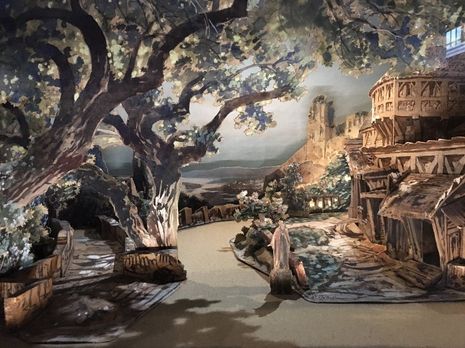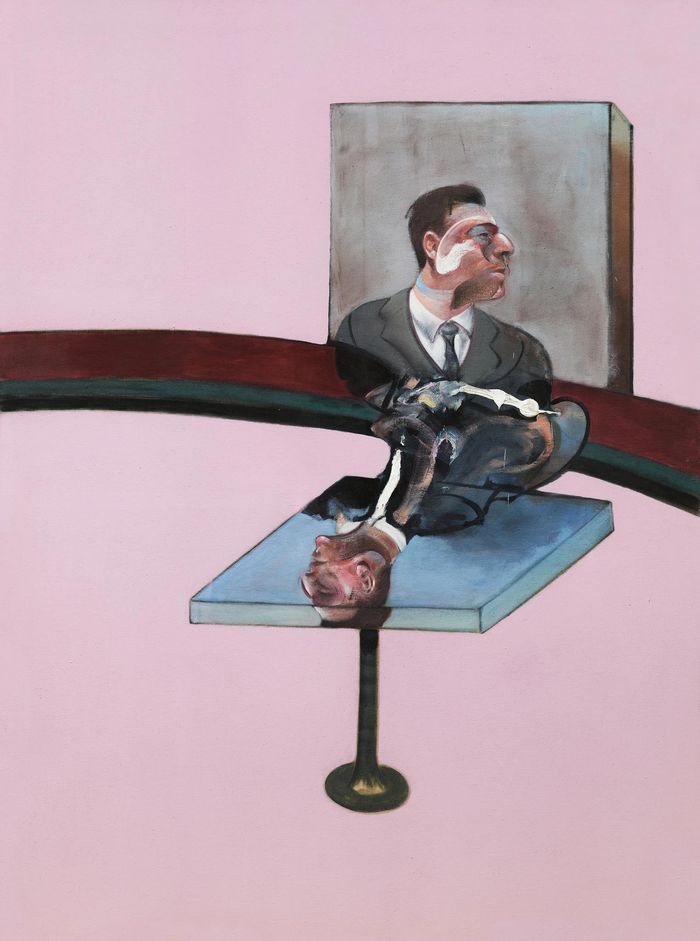My Musée d’Orsay
Cecily Fasham pays homage to the familiar and glorious oddities of the Musée d’Orsay.
Between sixth form and university, I took a gap year, during which I worked as an au pair in Paris. My working hours began at school pick-up and ended at bedtime, so I was left with an unreasonably amount of free time during the day. Some of this was spent in the manner of a suburban stay-at-home mum, meeting up with friends to get coffee and complain about our kids, and some was spent as a flâneuse, wandering the streets of the city. But in winter the latter wasn’t practical, and the ‘pocket money’ I received for my work wasn’t enough to sustain constant coffee. This meant I spent a lot of time in museums, because entry to municipal museums in Paris is free for EU citizens under 26 (weirdly, this is the thing which makes me particularly sad about Brexit), and museums offer warmth, shelter, a place to read and some entertainment thrown in.
The place I spent the most time in was the Musée d’Orsay. Of all Paris’s galleries and museums, it’s definitely my favourite (with the Rodin museum, featuring the artist’s sculptures dotted around a rose garden, coming a close second).
What makes the Musée d’Orsay special generally is, I think, its weirdness. The artworks it contains are an eclectic mix. Some are famous and beautiful: Van Gogh’s instantly recognizable self-portrait, impressionist masterpieces by Monet and Renoir, Degas’ dreamy paintings and sculptures of ballerinas (including La Petite Danseuse de Quatorze Ans, an almost-life-size bronze statue of a young ballet dancer, dressed in a tutu of real fabric). Some, however, are downright terrible. Pierre Bonnard’s iconic painting, The White Cat, in which the titular animal is depicted with incredibly long legs and no neck whatsoever, has provoked the derision of generations of museum-goers and is etched into the memory of everyone who chances to see its grotesque brilliance. Some are just bizarre: one wall in the impressionist section is half taken-up by a huge Monet painting, not of waterlilies, but of turkeys; venturing upstairs the visitor discovers backrooms entirely furnished in overly dramatic art nouveau style (which weirdly resemble bits of the set of The Lord of The Rings) and a ballroom decorated with all the mirrored gilt and glamour of Versailles.
But the Musée d’Orsay’s significance to me is built on my relationship to it. I don’t go there for the great works, or even for the terrible ones. I go there to feel a sense of ownership, of belonging. To definitively not be a tourist, to float in my private bubble through a public space, following the peculiar routes I have carved out. I go seeking not Van Gogh or Monet but my favourite piece, an oil-painting of a single lemon by Manet, a small picture in a ridiculously thick, ornate gilt frame. I take a pilgrimage down the winding back-stairs to the Northern European art-deco rooms, where, tucked away in a corner alongside all the arts-and-crafts furniture is an incredible painting by Klimt, Rosebushes under the Trees. I spend time looking at the tiny paper opera sets inset in a wall at the back of the ground floor, beside a glass floor-panel under which is a model of the city of Paris. The sets are regularly changed to show the sets of different productions, and they have a magical feel, like enchanted miniature worlds you can’t quite access. These points of reference feel specially mine.

The Musée d’Orsay’s specialness comes from its familiarity to me, from my sense of belonging there. As such, I feel strangely conflicted about the announcement of a new expansion, in which the administrative space of the museum will be turned into extra gallery space, and the art collection will expand to take over the whole of the 19th century train station which houses the museum. It means that when I go back to the Musée d’Orsay it won’t be the place I left, exactly. It will be changed. It might not be mine, anymore.
But then, this is the contract of contingency you enter into when you make a public space like a museum private to yourself. It was never really yours, never under your control. Really, it belongs to everyone, and so will change with changing tastes, just as you will change with time and experience.
Going back to the Musée d’Orsay as I knew it on my gap year is impossible. My idea that the places wouldn’t change, that I could go back to a gallery I had frequented and find there, lying dormant, an element of that particular moment in my life to which that palace belongs, was always a fallacy. I have changed and am still changing. The museum will change with me.
 News / Clare Hall spent over £500k opposing busway 24 December 2025
News / Clare Hall spent over £500k opposing busway 24 December 2025 News / Caius mourns its tree-mendous loss23 December 2025
News / Caius mourns its tree-mendous loss23 December 2025 Comment / The ‘class’ of Cambridge24 December 2025
Comment / The ‘class’ of Cambridge24 December 2025 Comment / Yes, I’m brown – but I have more important things to say22 December 2025
Comment / Yes, I’m brown – but I have more important things to say22 December 2025 Interviews / Politics, your own way: Tilly Middlehurst on speaking out21 December 2025
Interviews / Politics, your own way: Tilly Middlehurst on speaking out21 December 2025










